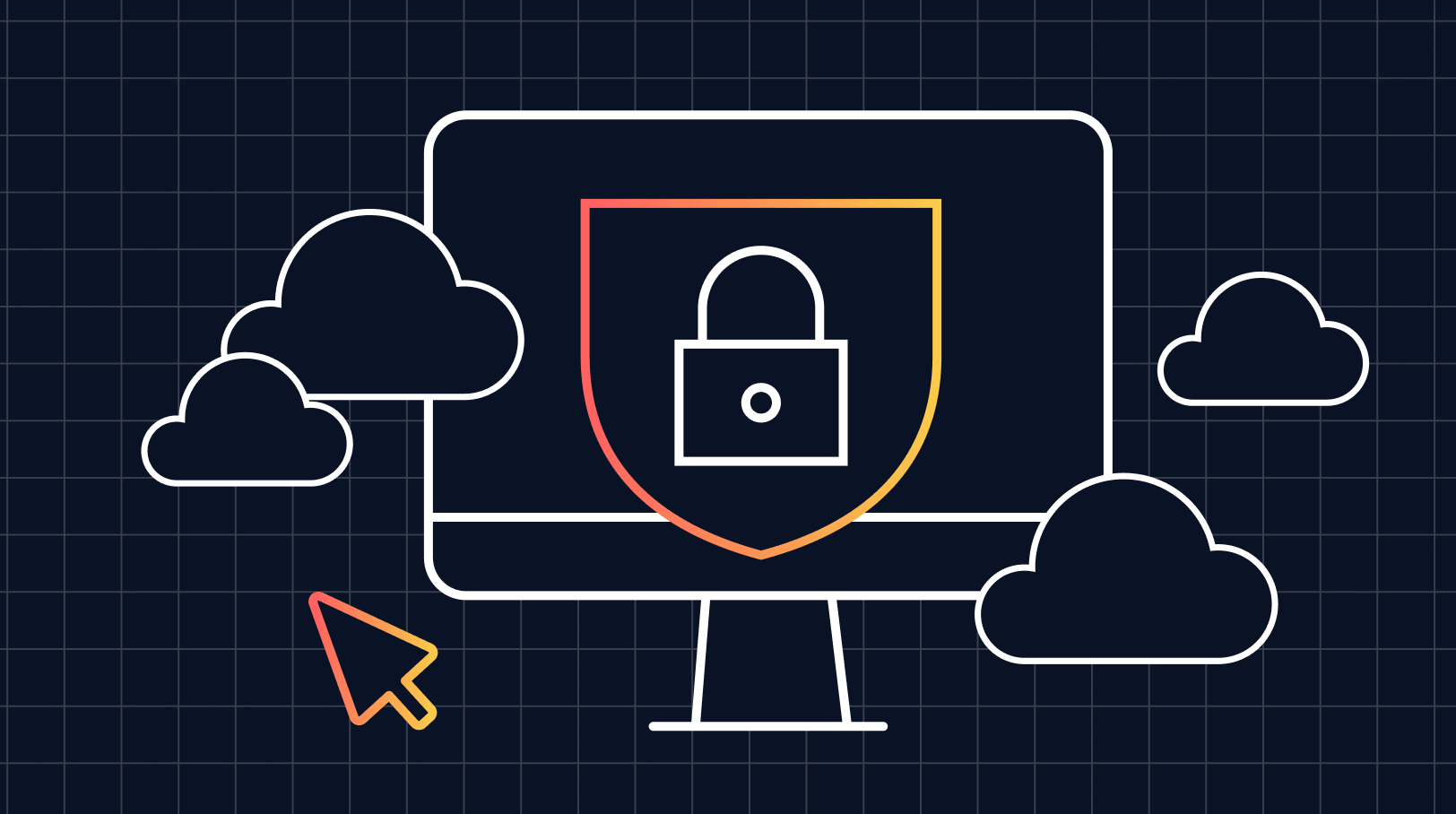Security and Customer Experience: The Joy of Usability

In a recent Mendix survey, 49% of organizations said that maintaining cybersecurity and data privacy are the most prominent challenges to customer experience (CX).
As the world continues to trend more toward new and varied touchpoints, the challenge of customer experience becomes that much more complex. This applies to security as well.
Leading organizations aren’t just keeping their customers safe. They’re making those customers happy to take steps to be secure.
A blueprint that’s hard to follow
CX can’t lead with security, but it needs to be simple and built-in, not bolt-on, to be truly effective. It’s always better to put your strategies in place while developing Statistics show that fixing a bug post-deployment can be exponentially more expensive.
Look at any news outlet, and you’ll more than likely see reports of significant data breaches weekly. Those breaches are damaging to brands and organizations, and you can’t have any kind of winning customer strategy without customers.
There is a precedent here on making user-friendly security, with Apple as probably the most prominent example. With fingerprint authentication and now FaceID, Apple makes their experiences secure with minimal fuss for their users. Security isn’t a thing to get around; it’s a feature. But that’s just one example. Look to Cloudflare, Microsoft, or a host of others.
These organizations generally share two common traits:
- They’re making security useable, meaning it’s much less likely that users will either try to get around that security or go elsewhere.
- They’re doing more than what is currently required by regulations.
That second point is crucial. These organizations aren’t just going above and beyond; they realize that they’re setting a future standard for both peers and governments. They recognize that privacy and security are top of mind for users and also that most users don’t want to take extra steps to get there.
When you go to the airport, and you can take the fast lane through security, you will because it’s easier and quicker. Security in your solutions works the same way. If users have the option to get secure fast, that’s what they’re going to pick. No one wants to enter a world of pain to be more secure.
So, the good news is that organizations have examples to aspire to. Success doesn’t need to start from a blank slate. The bad news is that some organizations have nailed the balance so well that orgs not currently there look worse by comparison.
That increases the onus on organizations to put a premium on security and integrate it into customer experiences in a complete and straightforward way. If that’s not enough, you must ensure that you have the right people on board who understand what’s happening in your ecosystem and how to make security scale across the organization. No pressure.
User-focused security, user-focused development
According to the same Mendix survey, 64% of organizations see adding frameworks and code bases as a security risk, especially as tech heads toward deprecation. That ties into CX in two critical ways:
- A successful CX implementation needs to work well with existing frameworks for most organizations because starting from scratch isn’t a possibility.
- Security needs to be a part of the strategy from the start, not an add-on or an afterthought.
This is where developing with low-code offers some key advantages.
One of the major strengths of Mendix is the ability to wrap around and integrate with core systems seamlessly. Low-code development allows focus to remain on the experience.
This extends to application security as well. With Mendix, many security items are included and baked into the development process by default. Most top-level concerns are taken care of right out of the box, and users don’t have to worry about things like server-side requests. A properly configured low-code app even can have the OWASP top 10 handled at release. That’s security by design rather than desperation.
Rather than needing to know how to code, users manage everything through a singular data model and visually-oriented flow charts. By focusing on the data model instead of worrying about all the technical back-end headaches, you can build value quickly from the infrastructure to the platform, server, and application layers. That peace of mind and useability in building and deploying solutions is something you shouldn’t take for granted.
Compare security development to eating dinner. When you’re eating at home, you have to make everything yourself. When you go to a restaurant, you’re getting the food delivered to your table. Sometimes making a meal can be a joy, but if there’s a cuisine you don’t know how to cook, a good restaurant is more reliable. Rather than traditional development where orgs have to code everything together, Mendix provides the tools to make security simpler. The Mendix platform is simple to use out of the box, with that ease of use extending to end users, whether internal employees or external customers.
Security can be complex and demanding for orgs to strategize about, let alone execute, but whether you want your security happening server-side, cloud-side, or in between, the Mendix platform helps orgs check that box off much more manageably.
Bonding security to experience
Security might not be the headline-grabber when you’re putting together your CX strategy, but you can bet it will be if you encounter a significant breach. That’s precisely why it needs to be a part of development right from the start.
Consider the simplest path to get you to useable security because that’s the path you need to take. Make it secure, make it easy.